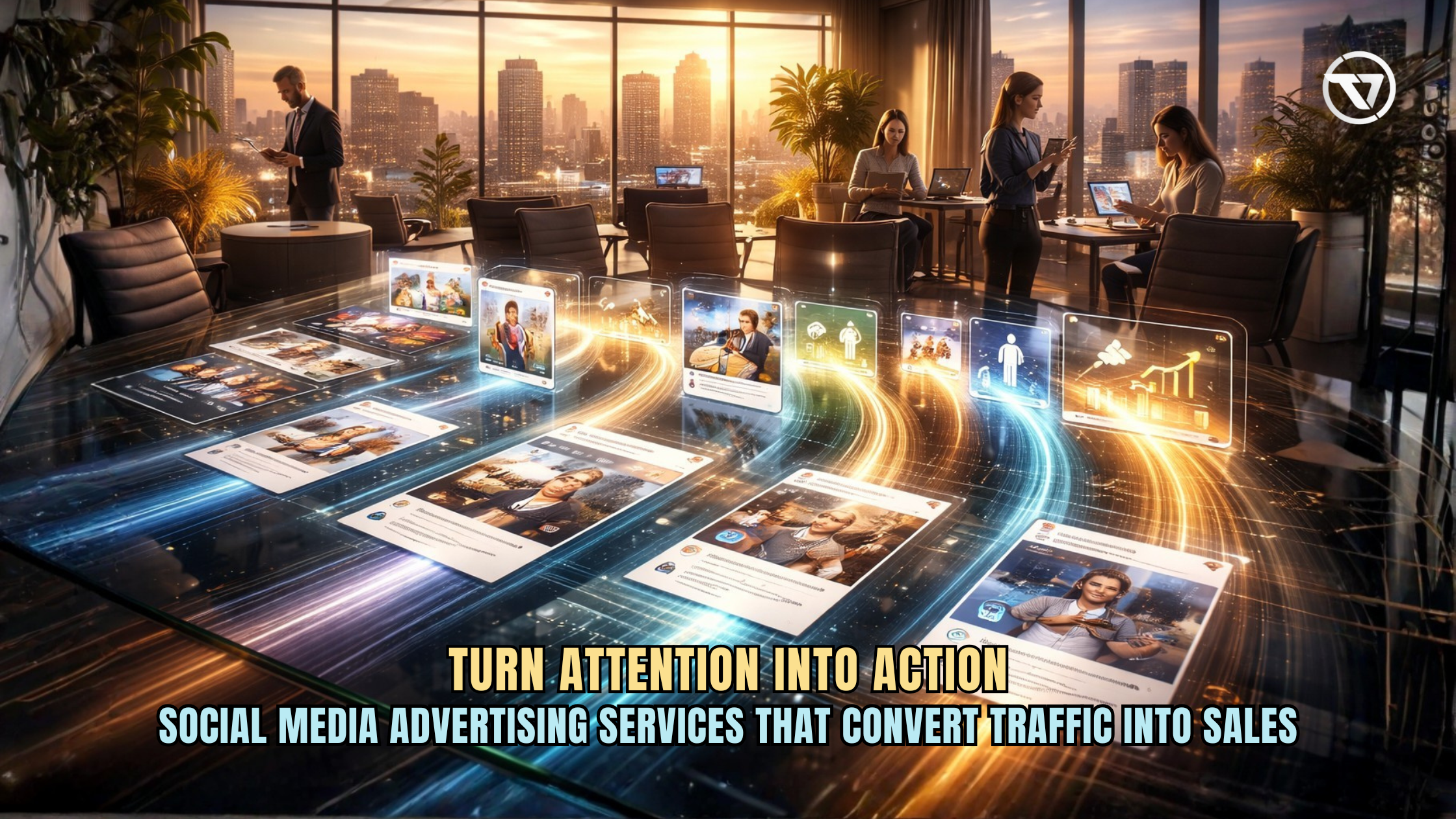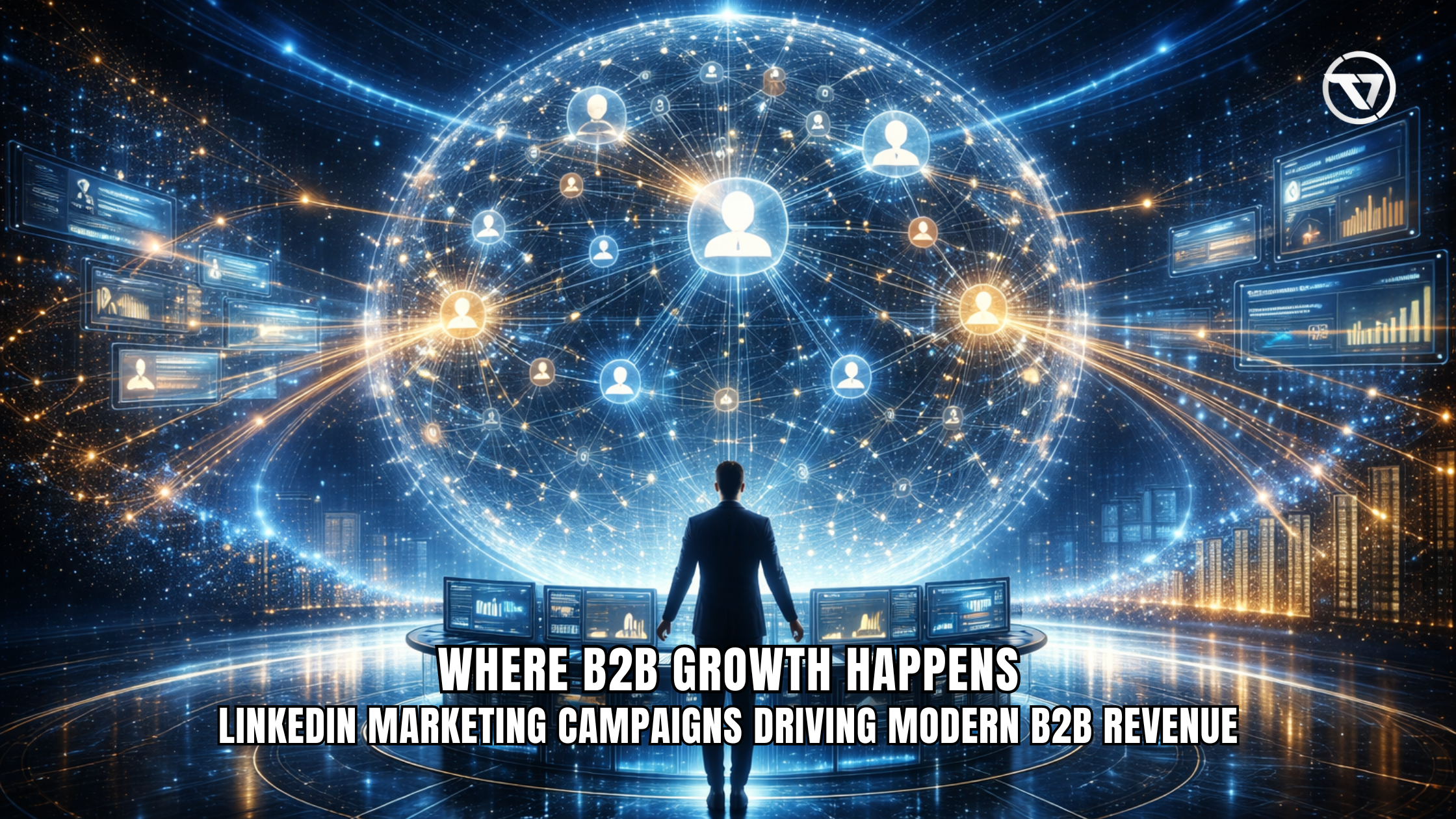
Ecommerce Brands Email Flows: Boost Engagement, Retention, and Revenue
Email marketing is a cornerstone of ecommerce success, with an average ROI of $36 for every $1 spent (Litmus, 2022). Automated email flows provide a cost-effective, hands-free way to engage customers, recover lost sales, and drive loyalty. In this guide, we’ll explore the top email flows for ecommerce brands, their benefits, and actionable strategies to maximize their impact.
What Are Email Flows?
Email flows are automated sequences triggered by specific customer actions, behaviors, or lifecycle stages. They use personalization to deliver relevant messages at the right time, helping brands build stronger customer relationships and increase revenue.
Benefits of Email Flows for Ecommerce Brands
- Automation: Save time with hands-free campaigns that run 24/7.
- Higher Engagement: Tailored emails have open rates of up to 29.9%, compared to 17.3% for generic emails (Mailchimp).
- Increased Revenue: Automated emails account for 29% of all email marketing revenue, despite making up only 2% of sends (Omnisend, 2023).
Top 7 Email Flows for Ecommerce Brands
To create an effective email strategy, ecommerce brands must implement these essential email flows:
1. Welcome Email Series
The welcome email series is triggered when a customer subscribes to your email list. It’s your first chance to make an impression and guide them toward their first purchase.
- Key Stats: Welcome emails have an open rate of 50%, making them one of the highest-performing email types (Campaign Monitor).
- Best Practices:
- Send 2–3 emails over 5–7 days.
- Introduce your brand’s unique value proposition (UVP).
- Include a discount code or free shipping offer to encourage purchases.
2. Abandoned Cart Emails
Abandoned cart emails are sent to remind shoppers of items they left in their cart and nudge them toward completing their purchase.
- Key Stats: Nearly 70% of online shopping carts are abandoned, and abandoned cart emails have a conversion rate of 10.7% (Baymard Institute).
- Best Practices:
- Send 2–3 reminders within 24–48 hours.
- Use dynamic content to display abandoned items.
- Incorporate urgency, e.g., “Your cart will expire soon!”
3. Post-Purchase Emails
Post-purchase emails build customer loyalty by providing order updates, suggesting complementary products, or requesting reviews.
- Key Stats: Customers are 60% more likely to make a repeat purchase after receiving post-purchase emails (Omnisend).
- Best Practices:
- Include order confirmation and shipping details.
- Suggest related products for cross-selling opportunities.
- Request feedback or reviews to build social proof.
4. Browse Abandonment Emails
These emails are triggered when a customer browses your website but leaves without adding items to their cart. They serve as a gentle reminder to revisit the products they viewed.
- Key Stats: Browse abandonment emails have a click-through rate of 15% (Klaviyo).
- Best Practices:
- Personalize emails with browsed product images.
- Include customer reviews or testimonials for those products.
- Add a small incentive, such as free shipping.
5. Win-Back Campaigns

Win-back campaigns target inactive customers, encouraging them to re-engage with your brand.
- Key Stats: Win-back campaigns have an average reactivation rate of 12% (HubSpot).
- Best Practices:
- Offer exclusive discounts or special promotions.
- Use subject lines like “We Miss You!” to catch attention.
- Highlight new arrivals or bestsellers they might be interested in.
6. VIP/Customer Loyalty Emails
Reward your most loyal customers with exclusive perks, such as early access to sales or special discounts.
- Key Stats: Loyal customers are worth up to 10x more than their first purchase (Harvard Business Review).
- Best Practices:
- Celebrate customer milestones, such as anniversaries or birthdays.
- Offer tier-based rewards for frequent shoppers.
- Provide early access to sales or exclusive product launches.
7. Holiday and Seasonal Campaigns
Capitalize on holiday shopping seasons by sending festive, timely campaigns tailored to your audience’s needs.
- Key Stats: Email marketing accounts for 20% of holiday sales for ecommerce brands (SaleCycle).
- Best Practices:
- Start campaigns early to build anticipation.
- Use festive designs and clear calls-to-action (CTAs).
- Personalize recommendations based on purchase history.
How TaskVirtual Helps in Optimizing Ecommerce Email Flows

1. Segment Your Audience
Divide your email list into segments based on behavior, demographics, and purchase history for more targeted messaging.
2. Use Mobile-Friendly Designs
With 81% of emails opened on mobile devices (Litmus), ensure your emails are responsive and load quickly.
3. Test and Optimize
Regularly A/B test subject lines, content, and CTAs to determine what resonates best with your audience.
4. Monitor Metrics
Track KPIs such as open rates, click-through rates, and conversions to refine your email strategies.
Tools to Build and Manage Email Flows
- Klaviyo: Advanced email automation for ecommerce brands with robust segmentation features.
- Omnisend: Great for omnichannel campaigns integrating email, SMS, and push notifications.
- Mailchimp: User-friendly platform for small businesses with pre-built templates.
- HubSpot: Offers powerful CRM integration for advanced analytics and automation.
Conclusion: Transform Your Ecommerce Strategy with Email Flows
Automated email flows are a powerful tool for ecommerce brands looking to engage customers, recover lost sales, and drive long-term loyalty. By implementing and optimizing the right email flows—such as welcome emails, abandoned cart campaigns, and loyalty programs—you can create a seamless customer experience and significantly boost your revenue.
Start building your email flows today and watch your ecommerce brand thrive!






